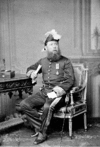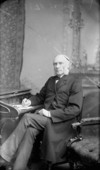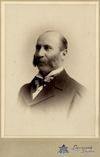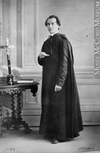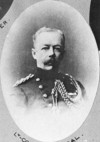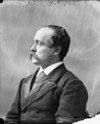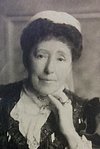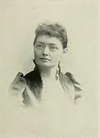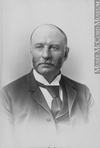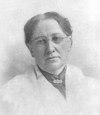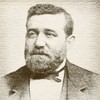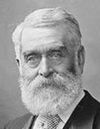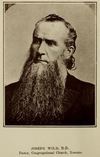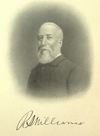laws and flag,” and he hoped to “make something out of this gold excitement.” He went to London to discuss his prospects with officials at the Colonial Office. There were no positions available, but he
(London), England, before returning to Ireland for four years of professional training under W. H. Owen, an architect and civil engineer in Limerick. His first job after he qualified was to assist
.
Like many Nova Scotians, and particularly those in business, Vail was strongly opposed to the proposals for colonial union put forward at the Charlottetown, Quebec, and London conferences between 1864
toured hospitals in London, he spent most of his two years abroad studying in Paris.
On his return to Quebec, Vallée was licensed to practise in
recognized in 1873, when the Canadian government sent him to investigate the historical material relating to the country in the archives of Europe, especially in London, Paris, and Rome. The results of his
). Cyclopædia of Canadian biog. (Rose and Charlesworth), vol.2. R. C. Fetherstonhaugh and G. R. Stevens, The Royal Canadian Regiment . . . (2v., Montreal and London
John Bunyan’s work The pilgrim’s progress in London in 1886.
ACC, General Synod Arch. (Toronto), M61–3 (Moosonee coll.), box 2
opted to go to London to plead the province’s case before the secretary of state for the colonies, Lord Carnarvon. Carnarvon suggested himself as an arbitrator, and Walkem and Mackenzie felt obliged
. 1897) in London, England; they had no children; d. 7 July 1907 in Bath, England.
Annie Louisa Walker came to Lower Canada as a
churches . . . (London, Ont., 1873); and probably of “The twentieth century fund: its inception and the results,” Historic sketches of the pioneer work and the missionary
country between Port Arthur (Thunder Bay), Ont., and the Rockies. Often she entered exhibitions. She took pride in a diploma and medal won at the Colonial and Indian Exhibition in London, England, in 1886
Ireland), son of Robert Webster and Elizabeth——; m. 11 April 1833 Mary Bailey in London, Upper Canada, and they had one daughter; d. 2 May 1901 in Newbury, Ont
Toronto; they had no children; d. there 4 March 1906 and was buried in London
.
Joseph Frederick Whiteaves attended schools in Brighton, London, and Oxford, England. His early studies of the geology and palaeontology of the area around Oxford were acclaimed by important English
, written in Newfoundland (London, 1839), and Mrs M. S. Peace, who wrote The convict
June 1834 in Boston, eldest son of William Henry Whiteley and Ann Maria Kelson; m. 9 Feb. 1859 Louisa Ann Thompson in London, England
disadvantages of the imperial connection, and the advantages that might result from annexation to the United States. His comments were probably designed only to remind London of the colony’s dissatisfaction. In
. 1838 in London, England, eldest son of Josiah Wood Whymper and Elizabeth Whitworth Claridge; d
identifications of the English nation with the lost house of Israel (London, 1870), and by Edward Wheler Bird, using the pseudonym Philo-Israel, in his
. 12 April 1834 in London, England, son of Richard Williams; m. 1854 Sarah Norris in






